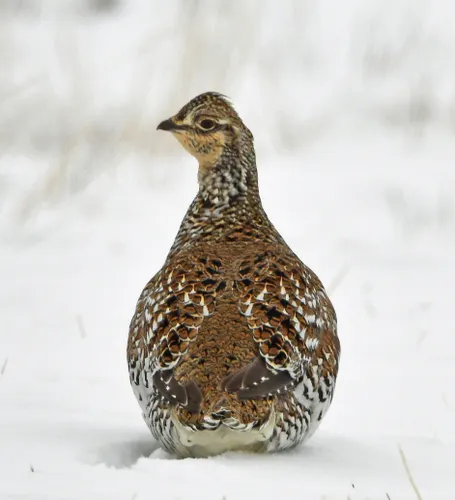A proposed copper mine near two national parks is turning into a test of values — how to protect wilderness while supplying critical minerals
He said it would be “devastating” if a truck route were cut through this landscape
Understatement of the year. Development of a mine is hugely disruptive to the environment. This is an open pit mine, so their tailings would need to most likely be stored in a tailings storage facility (tailings pond). Water would most likely need to be treated in perpetuity. The article focuses on the road but not the other effects or components this seems short sighted in its scope.
They and others say the project will disrupt the migration path for one of the world’s largest caribou herds and pollute waterways crucial to salmon and sheefish, key to the subsistence diet for several local tribes.
These are not arbitrary impacts either. The mine and the road would definitely improve the local economy and access to the area, but at what cost?
The park can not be protected from global warming. It’s better to get clean energy. Though I wonder if this is a true binary choice - the decision to expand US mineral protection seems to speak of and to more isolationist views. Maybe the US could go clean using minerals from friendly foreign countries only.
That said, I wonder if we’re not being creative enough here. The english channel is 560 km long, so could it be possible to bore a series of tunnels for truckers to use to get access to the minerals without ruining the park?
It’s a shame that the mine isn’t closer to the ocean, otherwise maybe shipping the minerals on cargo ships could have been a more park friendly alternative.
The cost to bore tunnels would be extreme, and likely would deter investors. On top of that, where do you put the waste rock, which can be metal leaching or acid generating.
The cost to bore tunnels would be extreme, and likely would deter investors.
I don’t have an obvious solution for that, but no one said park preservation and tackling global warming would come cheap.
On top of that, where do you put the waste rock, which can be metal leaching or acid generating.
I don’t know much about this, but as the tunnel is built, use it to truck out the waste rock, which can then be shipped outside of Alaska to be processed and handled in the usual processing plants in the US (or even pay to handle it overseas). Again, costs, but same answer as above.
Re: waste rock. Usually waste rock is placed in piles. During operations, they have a series of collection ditches to manage contact water and pump it to the tailings pond or an exhausted pit, until an impermeable cover and growth media are placed over top. The cover prevents aeration, which causes the ML/ARD issues I mentioned in the other post. 211 km of waste rock is a lot of additional cost and env risk, and work to offset that risk. I’m not saying we shouldn’t do this, but I’m saying it isn’t likely unless they are mandated to do it and have a well developed plan to do so (more time delays and cost)
They are doing underground hauling of waste rock at one mine I know about, but it’s because the mine is already underground and they have the route established, and the mine itself is expanding.
There is so much to consider in mining if you want to do it the right way
It’s a shame that the mine isn’t closer to the ocean, otherwise maybe shipping the minerals on cargo ships could have been a more park friendly alternative.
There are rivers and you would only need the roads around the mine and two ports. One inland to move cargo from the truck to the ship and one at the coast, which needs to be built anyway. Obviously the rivers need to be navigable, which is propably not the case.
Hmm. Could the rivers be made navigable without hurting the surrounding ecosystem too much? Or maybe an artificial canal … but I suppose a new canal has many of the same problems that a new road (or roads) would entail…
What good is clean energy if people can’t even get to the building?
A tale as old as time. A company wanting to extract the resources from national parks. Shouldn’t even be discussed.







